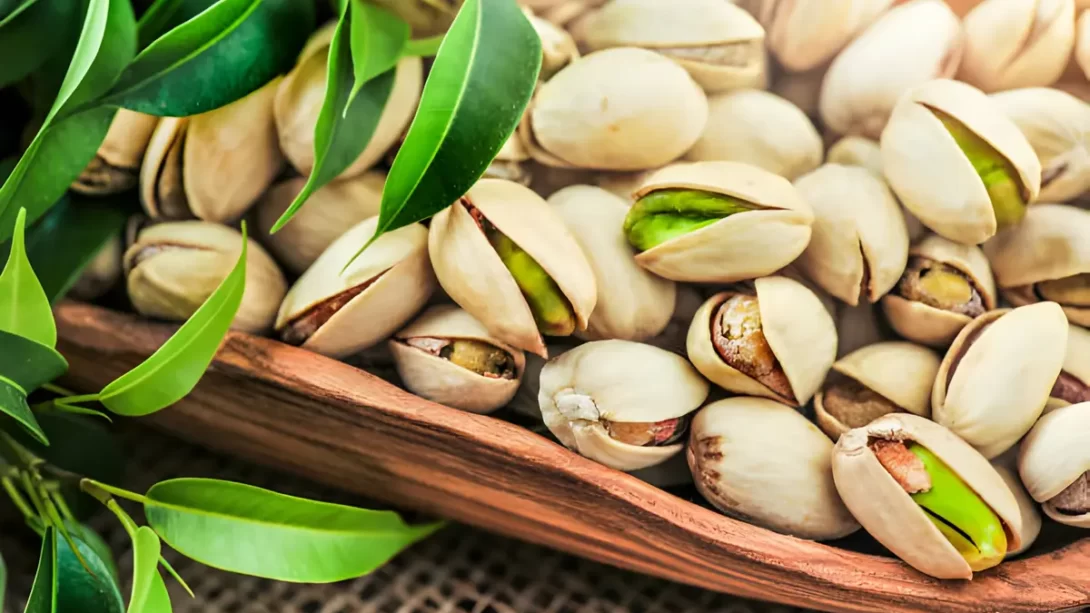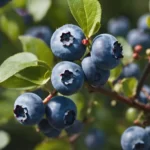Pistachios are a popular snack enjoyed worldwide, known for their unique flavor and nutritional benefits. However, consumers often notice their higher price compared to other nuts. This article explores the various factors that contribute to the high cost of pistachios, offering a deeper understanding of what goes behind their pricing.
Historical Context of Pistachio Cultivation
Pistachios have a rich history, with their cultivation dating back thousands of years in Central Asia and the Middle East. Initially grown in these arid regions, pistachios have spread globally due to their popularity. Today, major producers include Iran, the United States (particularly California), Turkey, and Afghanistan. The growth in popularity has led to increased cultivation, yet the specific growing requirements of pistachio trees contribute to their higher cost.
Agricultural Challenges
Pistachio trees have specific agricultural needs that make their cultivation challenging and, by extension, expensive:
- Long Maturation Period: Pistachio trees take about 7-10 years to begin producing nuts, and full productivity is reached only around 15-20 years. This long maturation period means a significant wait before farmers can yield and sell pistachios, impacting the cost.
- Water Requirements: While pistachio trees are relatively drought-tolerant, they still require consistent and adequate irrigation to produce nuts. This water requirement can be challenging, especially in arid regions where water is scarce or expensive.
- Climatic Dependencies: Pistachios need a specific climate to thrive—hot and dry summers and cool, but not freezing, winters. This climatic dependency limits the regions where pistachios can be grown successfully, affecting overall production and availability.
- Biennial Bearing Nature: Pistachio trees are often “biennial bearers,” meaning they typically have a heavy harvest one year followed by a lighter one the next. This inconsistent yield can make it difficult to meet constant market demand, impacting prices.
The combination of these agricultural challenges necessitates significant investment and risk management from pistachio growers, contributing to the higher costs of the nuts.
Labor-Intensive Harvesting Process
The harvesting process for pistachios adds another layer of expense. Unlike some other nuts, pistachios require a labor-intensive approach to harvest:
- Manual Labor: Pistachios are typically harvested manually to ensure the quality of the nuts and to protect the trees. This manual labor is more time-consuming and costly compared to mechanized harvesting methods used for some other crops.
- Harvest Timing: The timing of the harvest is crucial for pistachios. Nuts must be picked at the right moment when they are ripe, requiring careful monitoring and quick, coordinated labor efforts. This precision adds to the labor costs.
The necessity of skilled labor for harvesting pistachios significantly influences their final market price, as the cost of labor is a substantial component of the overall production cost.
Processing and Quality Control
After harvesting, pistachios undergo several processing steps, each adding to the cost:
- Sorting and Cleaning: The harvested pistachios are cleaned and sorted, often manually, to ensure only the best quality nuts make it to the market.
- Drying and Roasting: Proper drying and roasting are essential for flavor development in pistachios. This process requires specific equipment and energy, contributing to production costs.
- Quality Control: Rigorous quality control is necessary to ensure that pistachios meet health and safety standards. This involves labor and technology, further adding to the expense.
The processing phase is integral to maintaining the high quality and safety standards expected of pistachio products, but it also significantly contributes to the overall cost of the nuts.
Supply and Demand Dynamics
The global demand for pistachios remains high, influenced by their reputation as a healthy snack and their use in various culinary applications. However, the supply of pistachios is limited by the specific growing conditions and the challenges of cultivation and harvesting. This imbalance between supply and demand naturally drives up prices. Seasonal variations, climate conditions, and production issues in major growing regions can further exacerbate this supply constraint, leading to price fluctuations in the global market.
Transportation and Distribution Costs
The journey of pistachios from farms to consumers involves significant transportation and distribution costs:
- Global Distribution: As pistachios are produced in specific regions but consumed globally, they need to be shipped worldwide. This transportation incurs costs, especially for maintaining the quality and freshness of the nuts over long distances.
- Trade Policies and Tariffs: International trade policies and tariffs can also affect the cost of pistachios. Import duties and taxes in different countries can add to the final retail price.
These logistics and regulatory factors are crucial in determining the final cost of pistachios in various markets around the world.
Environmental and Sustainability Factors
Environmental concerns also play a role in the cost of pistachio production:
- Water Usage: In regions like California, where water scarcity is a significant issue, the cost of water for irrigating pistachio orchards can be high. Sustainable water management practices add to production costs but are essential for long-term viability.
- Impact of Climate Change: Climate change poses a threat to pistachio production, as these trees require specific climatic conditions. Adapting to changing environmental conditions may require additional investments, contributing to higher costs.
Sustainable and environmentally friendly practices are increasingly important in agriculture but can result in higher production costs for crops like pistachios.
Market Competition and Branding
The pistachio market is also influenced by competition and branding:
- Branding: Premium brands of pistachios, often marketed as healthier or of higher quality, can command higher prices. The cost of marketing and brand positioning is factored into the product’s final price.
- Competition: The global market for pistachios is competitive, with producers from different countries vying for market share. This competition can influence pricing strategies, marketing costs, and investments in quality improvements.
These market dynamics play a significant role in the retail pricing of pistachios, affecting how they are perceived and valued by consumers.
Conclusion
The high cost of pistachios is the result of a complex interplay of factors, including the challenges of cultivation, labor-intensive harvesting, processing costs, supply and demand dynamics, transportation and distribution expenses, and environmental considerations. Additionally, market competition and branding strategies also influence their pricing. Understanding these factors helps explain why pistachios are often more expensive than other nuts and highlights the value behind each kernel. Despite the cost, pistachios continue to be a cherished snack worldwide, appreciated for their unique taste and nutritional benefits.




